Table of Contents
Social media has become a vital part of our everyday life with roughly 50% of the world’s population (over three billion individuals) using it.
Through social media, we:
- Research brands and people
- Discover news and trends
- Develop personal and professional relationships
Regardless of your industry, social media is one of the most efficient and effective ways to elevate your brand’s marketing strategy. The benefits of social media marketing for business are limitless.
From broadening target audiences to increasing awareness and boosting sales, we’re diving into the top reasons to invest in a social media marketing strategy.


Grow your audience and expand your reach.
Social media enables the use of short-form content and multimedia to increase awareness. The objective: create consistent, quality content that people want to see during their daily (or multiple times a day, if you’re like me) social media scroll-throughs.
For starters, don’t constantly promote products or services. Instead, populate your channels with graphics or capitalize on trends that appeal to a general audience (while still maintaining your brand’s identity).
Ultimately, you should encourage your followers to re-share your content. You should also invest in increasing your follower count with quality content.
Rebrand and tell a story that makes an impact.
Unlike traditional advertising and marketing methods, social media gives you a unique freedom. It gives you a global platform to tell your brand’s story.
Whether you’re a new business that’s increasing awareness or an established company that’s rebranding, you can use social media.
The influx of fresh content in a variety of formats can showcase your brand on a much deeper level than billboards and T.V. ads ever could.
Not to mention, social media channels allow for direct engagement and interaction with your audience. Ultimately, this helps make a lasting impression.
Stay up to date on your competition and important industry trends.
Social media is also a great tool for keeping tabs on your competitors and staying up to date on industry leaders, trends, and news.
Understanding how your competitors use social media marketing can help inform your own strategy. When scoping out the competition, ask yourself the following:
- What’s working for other brands? What isn’t?
- Does what’s working for other brands make sense for yours?
- How else are these brands using their online presence?
- Can you improve upon their social media strategies as well as your own?
Develop relationships with your customers and learn.
Social media provides a direct line of communication between brands and their audiences.
You gain immediate insight into what your audience likes. This is thanks to platform-native metrics such as post likes, comments, and shares. You can use this data to inform your content creation strategy for sustained engagement.
Mini Case Study: How Brands Use the Big 5 Social Media Platforms for Marketing
Now that we’ve gone over some of the main reasons why social media marketing is so incredibly valuable, let’s take a closer look at the individual platforms you can use to boost your brand’s online presence, as well as examples of brands already doing that:
- Facebook (www.facebook.com)
- Instagram (www.instagram.com)
- YouTube (www.youtube.com)
Facebook: Airbnb
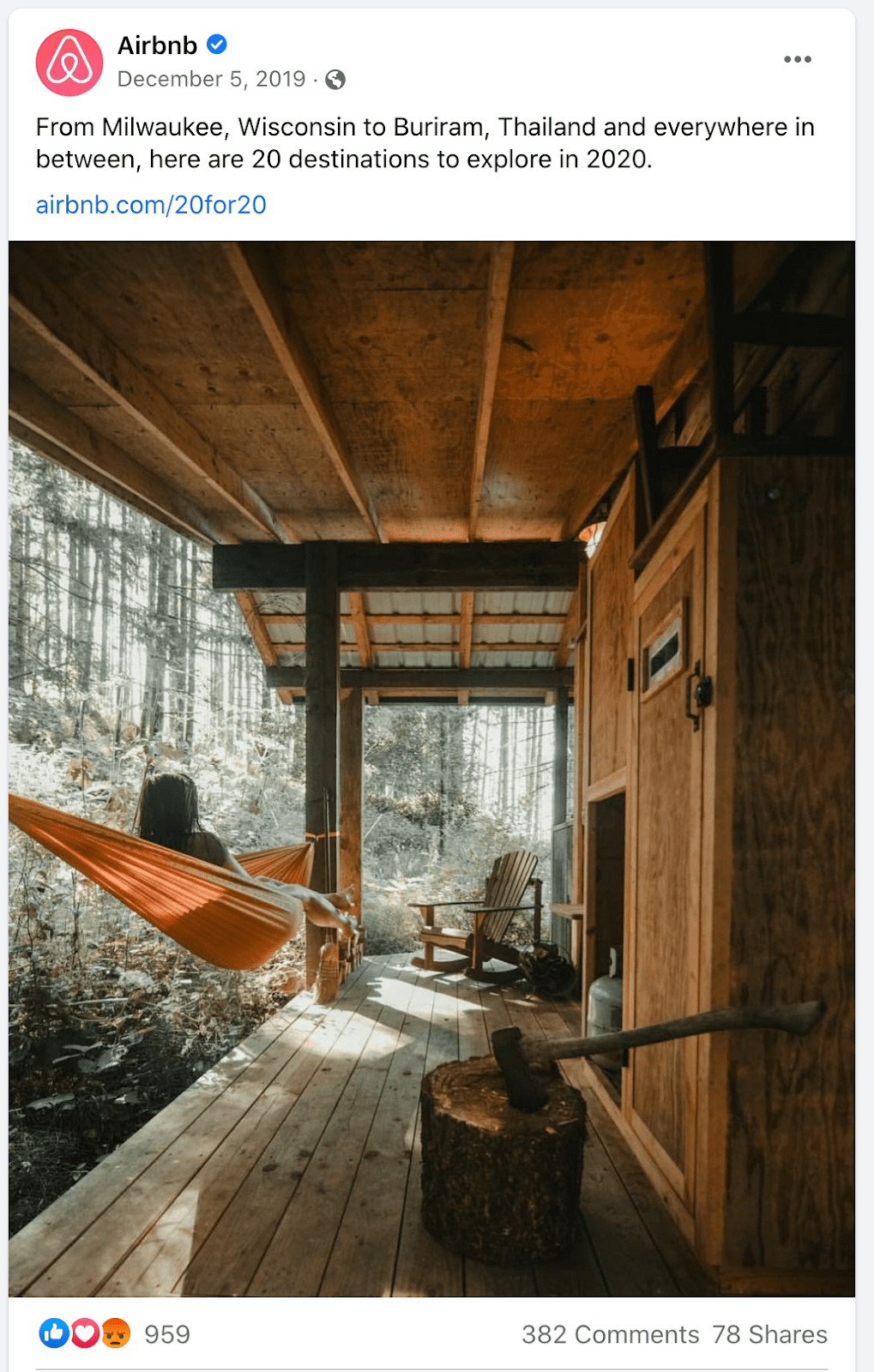

Facebook is one of the most valuable platforms for marketers across all industries. It’s great for all different types of content.
One company successfully using Facebook’s many features is Airbnb.
Airbnb relies heavily on featuring user-generated content. This is an extremely effective way to acquire high-quality content and coordinate an approachable brand image. It’s also a great way to build trust with potential customers, inspire followers to engage, and display appreciation for user engagement.
User-generated content also helps Airbnb ensure that posts are always unique, fresh, and inexpensive.
Ultimately, Airbnb’s social media marketing efforts, specifically via Facebook, helped the vacation rental service bolster its status as an industry leader and solidified its following.
Twitter: Chase
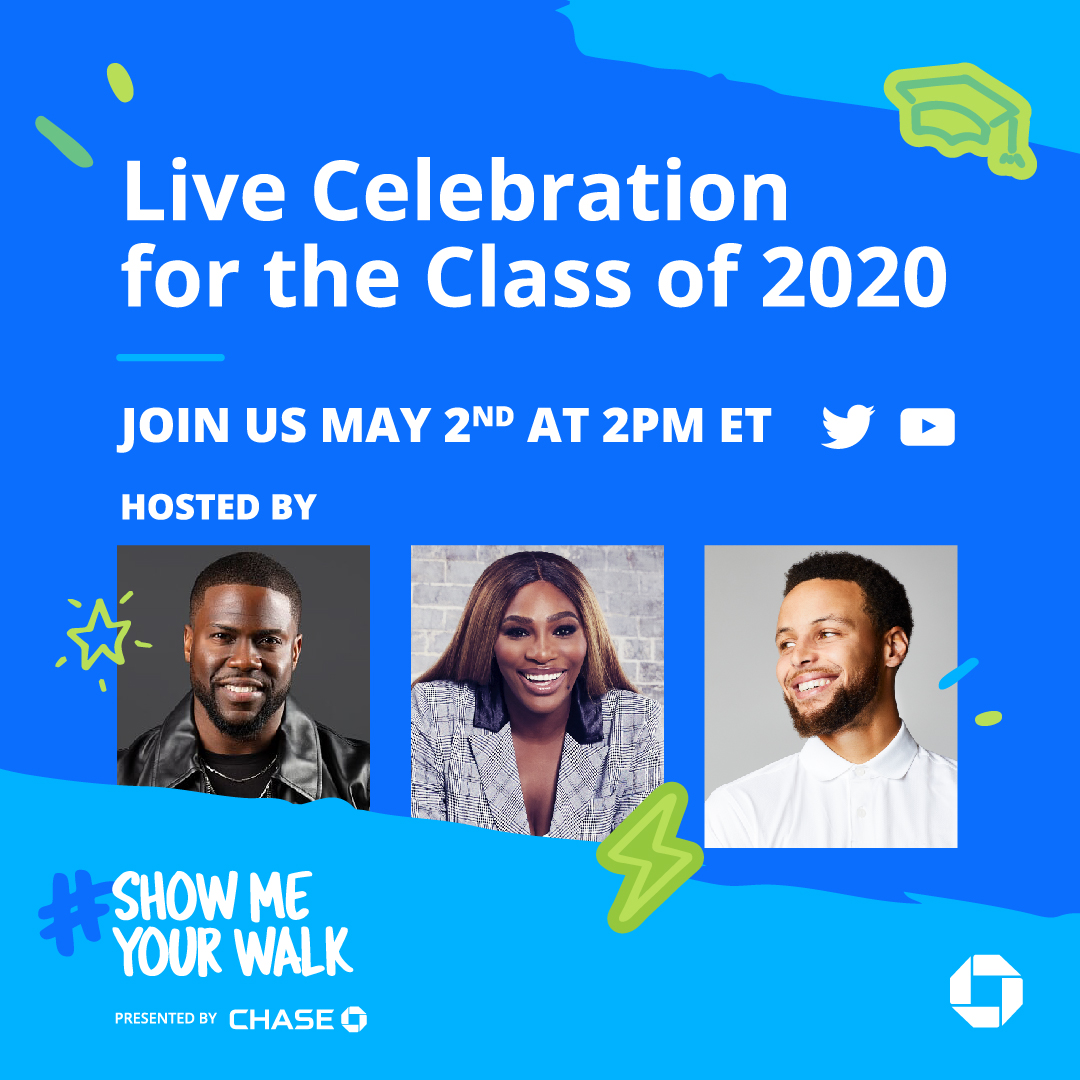

Twitter is one of the most interesting platforms when it comes to social media marketing for businesses. You can approach the platform in a variety of ways, honing in on the giant audience who uses it. You can be a source of inspiration, humor, information, and more.
In May 2020, Chase turned to Twitter and took the inspirational route with its “Show Me Your Walk” event.
After schools across the U.S. were forced to cancel graduation ceremonies due to the COVID-19 pandemic, the banking giant partnered with 78 historically Black colleges and universities to help 27,000 students celebrate their graduations via Twitter.
The event, promoted with the hashtag #ShowMeYourWalk, was held virtually via livestream.
Social media marketing is less about selling products and more about building a dedicated following. Eventually, through consistent digital engagement, they may become loyal customers of what your brand stands for.
So, what better way to show what you stand for than by using social media to make a difference?
Chase’s use of Twitter to promote and host “Show Me Your Walk: HBCU Edition” recognized the achievements of HBCU graduates. The celebration that was otherwise hampered by the pandemic ultimately uplifted a marginalized community.
Overall, this is a great example of how brands can harness the power of social media to identify, address, and uplift important community needs and connect with a large-scale audience.
Instagram: Mejuri
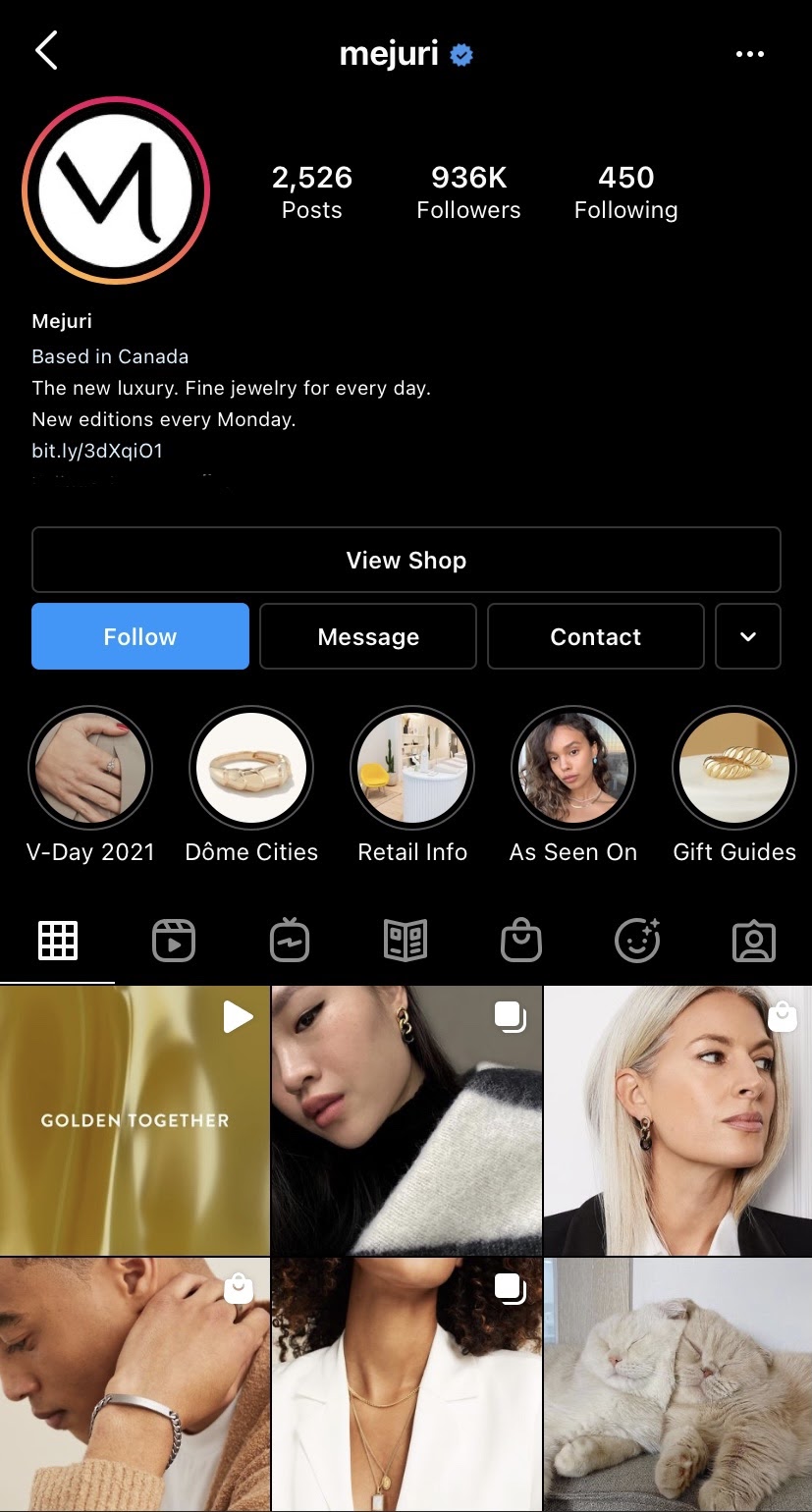

An effective Instagram strategy is making sure you capture the essence of your brand. Consider what your followers find interesting, eye-catching, and relevant — one photo (or video, Story, Reel, or paid ad) at a time.
The platform implemented a Shop feature to streamline ecommerce transactions. It allows brands to tag products in photos (commonly referred to as “shoppable posts”) that can be purchased directly via the Instagram app.
One business that stands out for its stellar Instagram strategy is Mejuri. The luxury jewelry brand utilizes its own photos and videos, as well as user-generated content, to promote limited-quantity product “drops.”
For these, Mejuri creates a small amount of jewelry to sell. Once the pieces are sold out, interested shoppers can sign up for a waitlist.
The company uses these buying decisions to guide the business forward. They may produce more of a best-selling product or avoid a surplus of inventory for a less-popular item. This strategy also incentivizes users to follow Mejuri on Instagram. If they do, they’ll be the first to know about new product drops to purchase directly from their feeds.
LinkedIn: Adobe
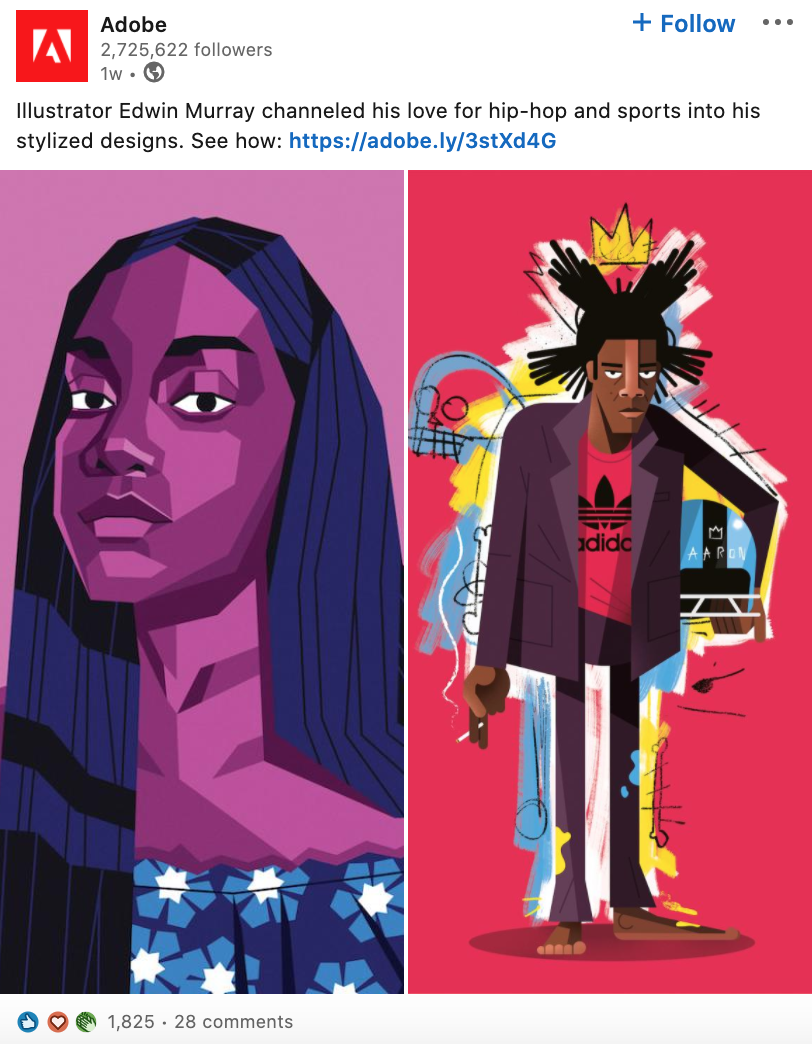

If you’re a B2B marketer looking for new ways to connect with your audience, look no further than LinkedIn.
While it may not be the first platform that comes to mind when you think of “social media,” LinkedIn is one of the most valuable tools for a digital marketing strategy. It allows you to drive brand awareness, lead generation, and engagement with a professional audience.
You can also showcase your mission, company culture, and industry-related updates.
One company using LinkedIn particularly well is Adobe. To engage its nearly 3 million followers, Adobe never directly promotes its products.
Instead, the content mainly consists of employee spotlights, creator showcases, and relevant industry articles.
The company often invokes inspiration and a human element to its content by focusing on user successes, which allows followers to better connect with the story being told. Even when Adobe subtly plugs its products, it’s done tastefully and demonstrates the potential Adobe can bring to prospective users.
No boring rambling of specs. It’s all real people with real results.
While Adobe is a unique case, as it’s such a widely-recognized brand, social media marketing is a relatively new practice. Adobe had to start from scratch, too.
Here’s where our marketing tip comes in: Use social media to keep up with competition and industry leaders. See what’s working for big-name brands like Adobe, and then optimize your own strategy for better results.
YouTube: Casper
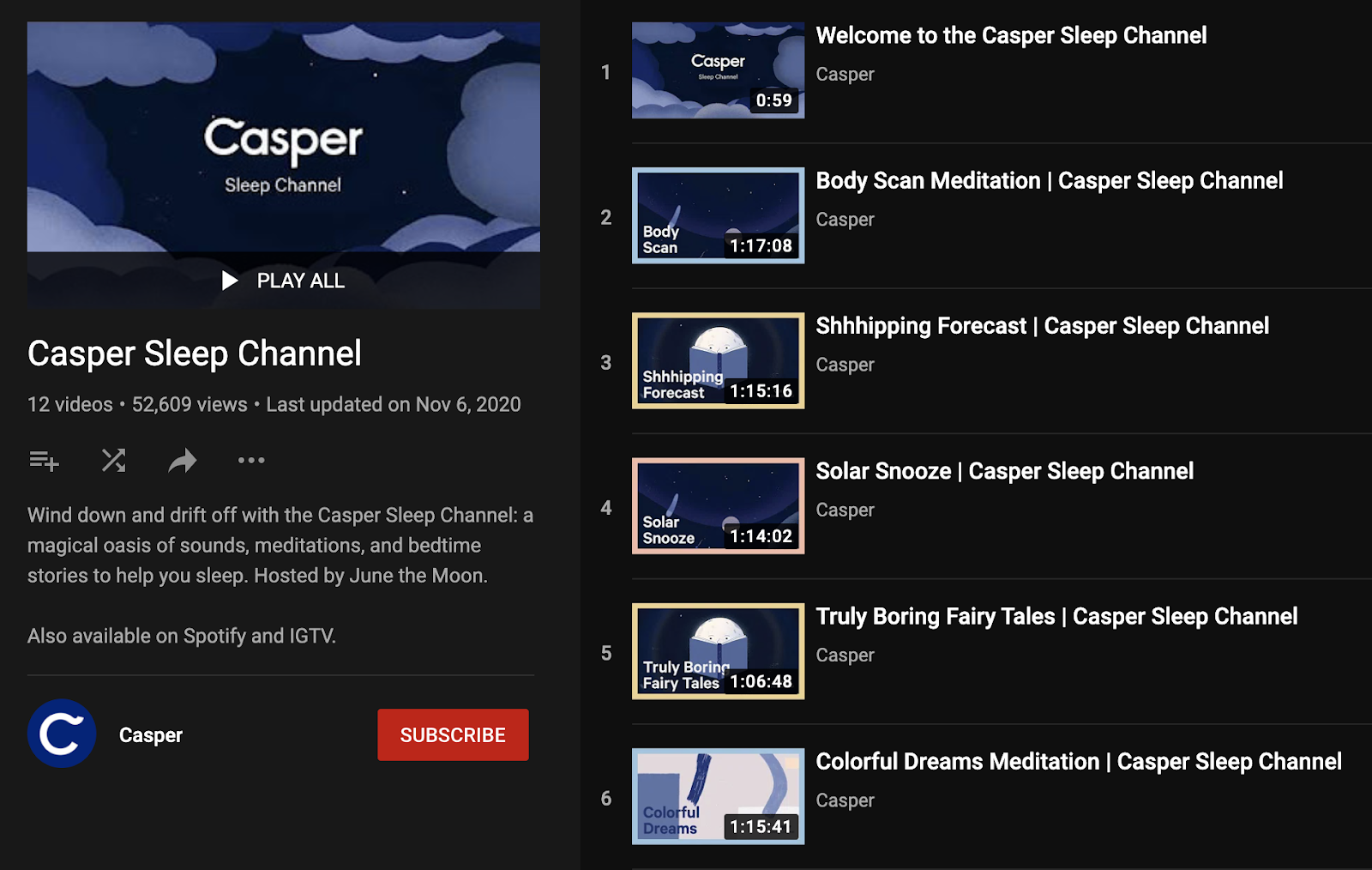

Last but certainly not least is YouTube.
This hugely popular platform allows you to showcase your brand through video content. To provide you with inspiration on how to make a YouTube strategy is Casper.
The sleep products company uses YouTube as a part of an innovative, cross-channel campaign that promotes brand awareness. Rather than showcasing how wonderful its mattresses and sheets are via video, Casper created the Casper Sleep Channel.
The video channel features meditations, relaxing sounds, and bedtime stories to improve listeners’ sleep quality, all while gently reminding them of the Casper brand.
Through its YouTube channel, Casper found a unique way to stand out among its competitors. It offers audiences an accessible way to enjoy the brand and uphold its mission to promote better sleep.
Wrapping Up
Social media marketing is highly effective and should be a consistent part of every brand’s marketing strategy:
- Increase digital brand awareness
- Develop an online relationship with customers
- Encourage lead generation by attracting a broader following
- Tell your brand’s unique story
- Elevate your brand’s multi-channel presence
Take a hint from the brands succeeding in social media. Study their posts for ideas and monitor their place within their industry to see the true importance of social media marketing for businesses. Think about how you can use your own channels as a way to best showcase what you have to offer.
Rachel Rockwell contributed to this blog.
SEE FOR YOURSELF
Watch an overview to learn how B2B marketing automation by Mirabel Technologies can help you increase traffic, optimize your funnel, drive more leads, improve conversions, and boost ROI — at a price you can afford!

